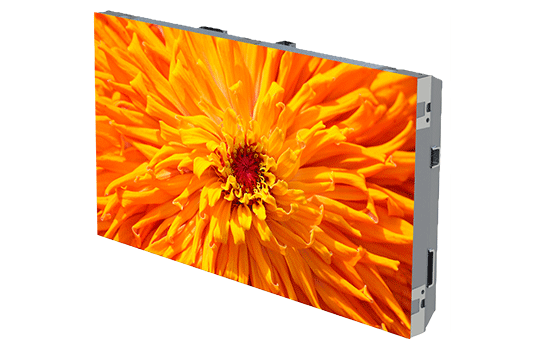Enhancing Aesthetic Impact Through Tactical Content Scheduling in LED Wall Execution
Wiki Article
Maximizing visual effect throughout LED wall performances demands meticulous planning and tactical content scheduling. Light-emitting diode screens represent potent instruments in graphic narration, frequently utilized during concerts, events, and displays. The effectiveness of these displays depends not only upon the quality of the visuals but also on how and when they are presented. By comprehending the audience's attention span and the flow of the event, organizers can create a more engaging experience that captivates viewers and enhances the overall performance.
One key aspect of strategic content scheduling is timing. It is essential to align the images to the beat and tempo of the show. For instance, during a musical performance, images should complement the rhythm and atmosphere of the music. This alignment helps to create a cohesive experience that draws the viewers closer. Additionally, it is crucial to consider the duration of each visual clip. Brief, striking segments can sustain viewer engagement, while longer visuals may be suitable for moments of contemplation or sentimental bonding. By varying the duration and vigor of the images, organizers can keep the audience engaged during the show.

Another crucial factor is the content itself. The visuals displayed on the light-emitting diode screen should be pertinent to the concept of the show. This relevance helps to reinforce the message being communicated plus renders the encounter more unforgettable for the audience. For instance, if the show is about ecological consciousness, using visuals that depict nature and wildlife can enhance the message. Furthermore, adding lively features, such as motion graphics or engaging visuals, can introduce thrill and keep the viewers' focus. The right content, presented at the right time, can significantly elevate the impact of the performance.
Audience involvement is also a key factor in visual timing. Understanding the demographics and preferences of the audience can guide the selection of visuals. For example, a youthful crowd may react better to bright hues and quick motion graphics, while an older audience might appreciate more subtle and sophisticated images. By customizing the material to the audience's interests, event planners can create a more personalized encounter that connects with viewers. Additionally, incorporating audience involvement, such as real-time look here surveys or media engagements, can additionally improve involvement and render the show more engaging.
Finally, assessing the efficacy of the visual timing is crucial for upcoming shows. Collecting responses from the viewers can offer insightful information into what was effective successfully plus what could be improved. This information can help organizers improve their approaches and take knowledgeable choices for future performances. By constantly evaluating and modifying the content scheduling approach, organizers can maximize the visual impact of light-emitting diode screen shows and create unforgettable experiences for their audiences.